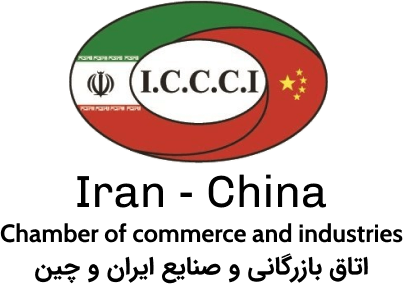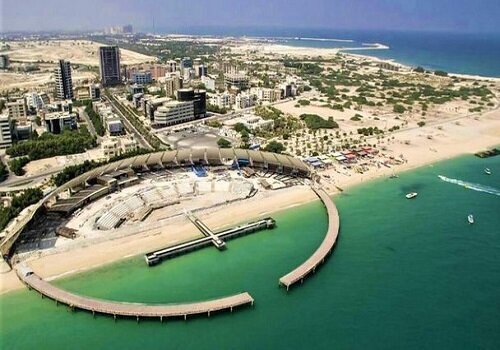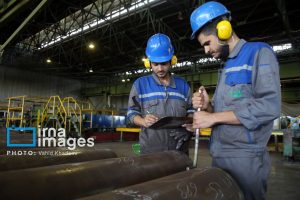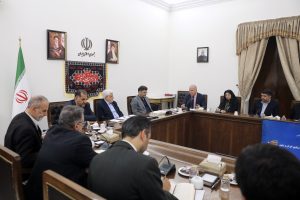The secretary of Iran’s Free Zones High Council said that commodities worth about $1.2 billion were imported to the country’s free trade zones (FTZs) and special economic zones during the past Iranian calendar year 1400 (ended on March 20).
Saeed Mohammad said that of the mentioned goods, 40 percent were raw materials, 30 percent were basic goods and 30 percent were passenger cargo.
The official had also previously stated that 40-45 percent of Iran’s export is from the country’s free trade zones and special economic zones.
The establishment of free trade zones in Iran dates back to the Iranian calendar year 1368 (March 1989- March 1990) following the fall in the country’s oil income in the preceding year which prompted the government to promote the non-oil exports.
The first two free trade zones of Iran were established in the south of the country. The first one was Kish Free Trade Zone established in 1368 on Kish Island in the Persian Gulf and the second one was Qeshm Free Trade Zone established the year after on Qeshm Island in the Strait of Hormuz.
Some five other free trade zones have been also established in the country since then, including Chabahar in southeastern Sistan-Baluchestan Province, Arvand in southwestern Khuzestan Province, Anzali in northern Gilan Province, Aras in East-Azarbaijan Province, and Maku in West-Azarbaijan Province, both in the northwest of the country.
While near three decades have passed since the start of free trade zones activity in Iran, their planned objectives have not been fully achieved and their development is still facing some impediments.
Lack of proportion between the facilities and the objectives, lack of a national definition for free trade zones’ performance, limited resources for establishment and completion of infrastructures, no comprehensive management between the zones, and not complete implementation of zones management law are some of the barriers in the way of free trade zones’ activity and development in the country.





